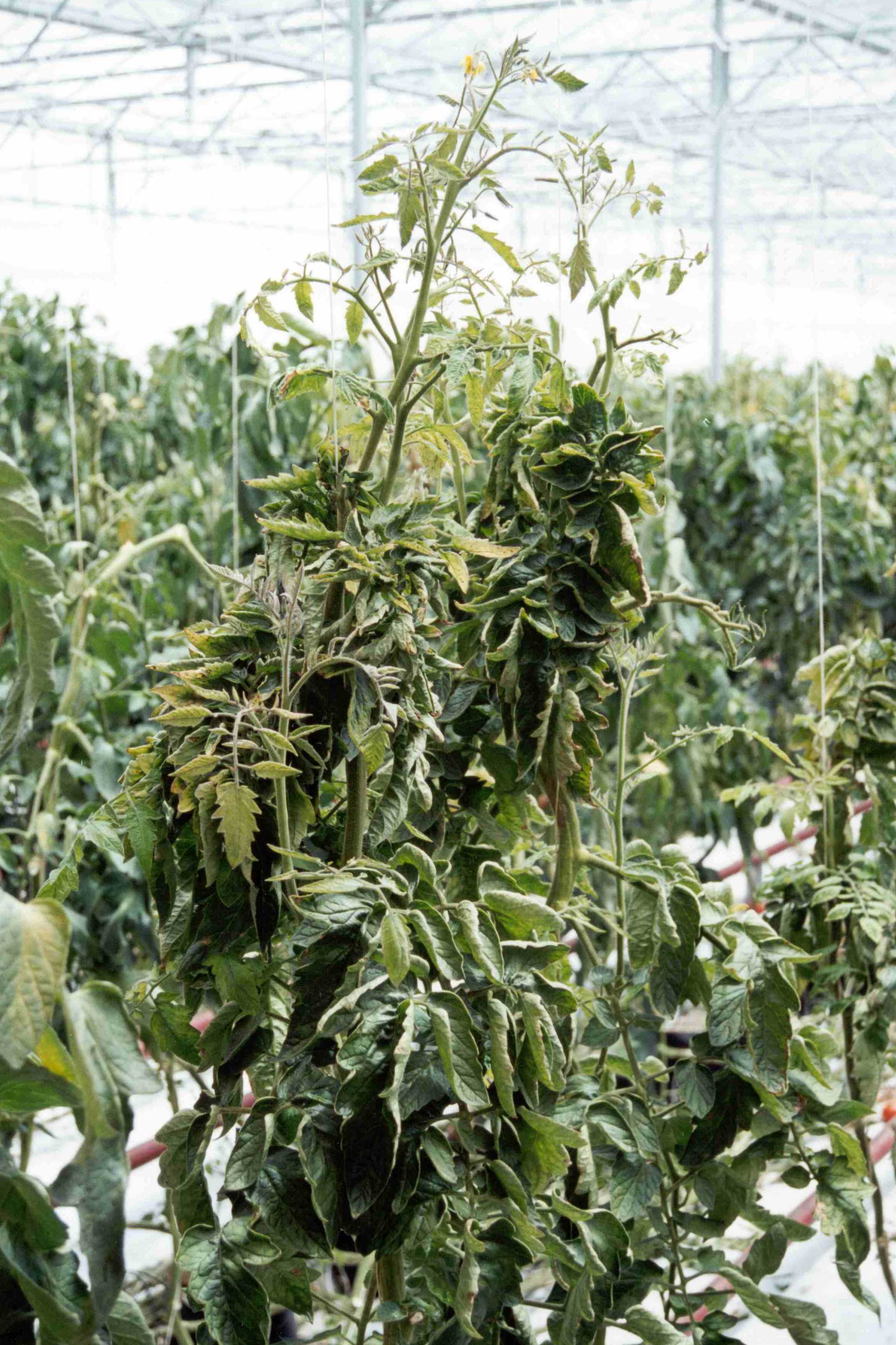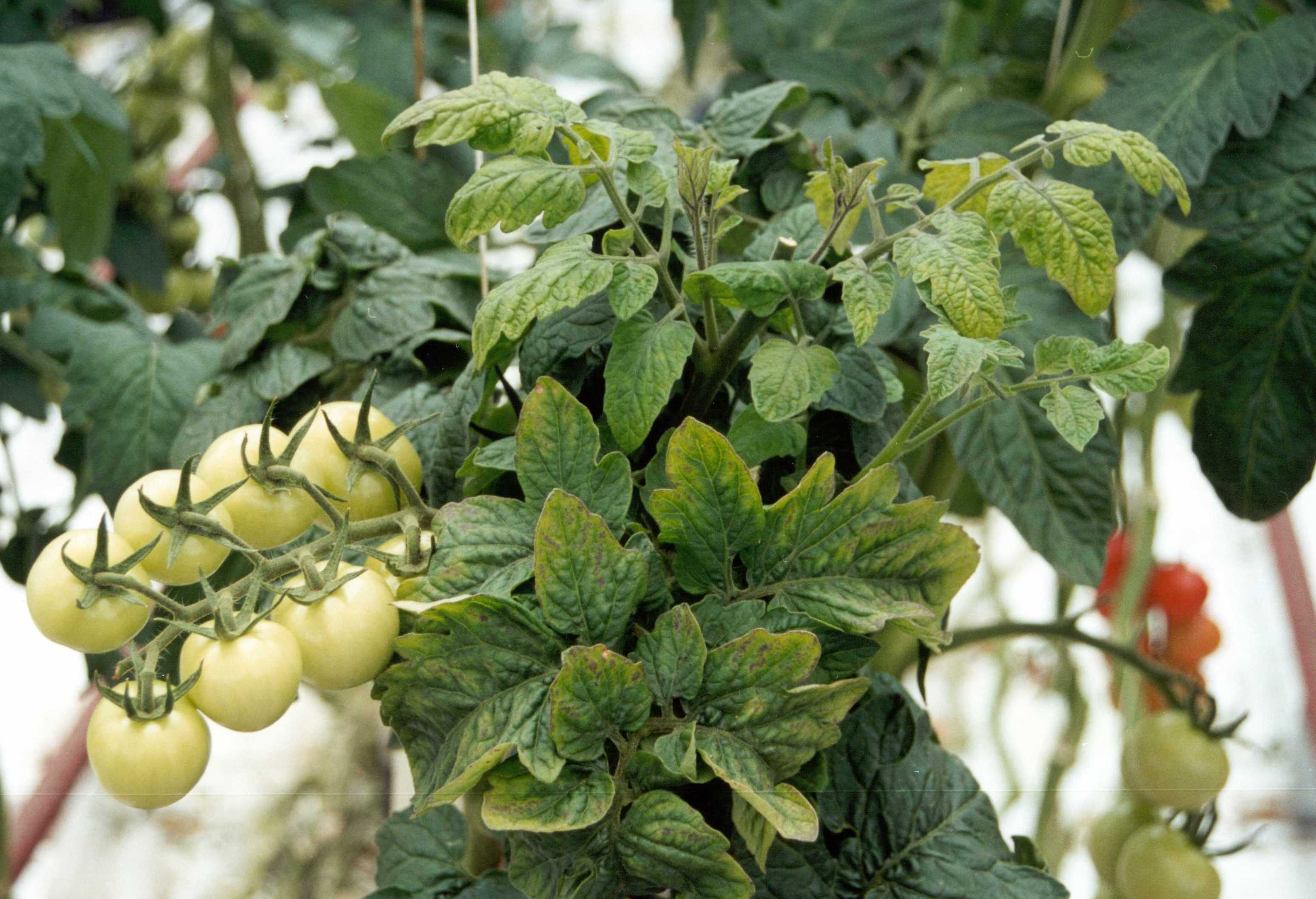PSTVd can affect more than potatoes
PSTVd is a pathogen that causes disease and potential loss of production, mainly in the Solanaceae family. That family includes potatoes, tomatoes, pepinos, and capsicum. It can also infect some ornamental plants, including dahlias, chrysanthemums, and petunias.
The viroid has been found in New Zealand in greenhouse tomatoes, capsicum, and in Cape gooseberry, and eliminated each time.
The last case was detected in 2022 at a commercial facility in Tasman. Our response to this infection was closed in February 2024 after destruction of infected crops, disinfection of the greenhouses, and extensive testing to confirm PSTVd had been eliminated.
PSTVd has been found in countries throughout the world, including in Europe, Central and South America, Africa, Asia, and Australia.
Many strains of the viroid exist, with symptoms ranging from asymptomatic to severe. (A viroid is like a virus but has a much simpler structure).
Why PSTVd is a problem for New Zealand
Depending on the strain, PSTVd can affect cropping plants, including potato, tomato, eggplant, and capsicum, potentially reducing crop yields.
Initial introduction of the viroid into potato and tomato crops is mostly through infected seed.
PSTVd is highly contagious. It is transmitted between plants through contact of the sap from small wounds in the leaf of a diseased plant to a healthy plant. This is done through:
- touch
- cutting or pruning tools
- contaminated machinery
- aphids from plants also infected with potato leafroll virus
- infected potato tubers
- pollen, but only to the seeds pollinated, not to the whole plant
- potato and tomato true seeds.
How it can get here
PSTVd is most likely to arrive on seeds for planting or nursery stock.
An entry pathway was not found for the Tasman incursion in 2022. Seed samples from the batches of imported seed used for the affected plants tested negative for the viroid.
Biosecurity New Zealand has strict import conditions to limit the chances of PSTVd coming through the border.
How to identify PSTVd
Infected plants may show no signs of disease but have a lower than normal yield.
Visible signs in affected plants can include:
- stunted plants
- yellow or grey leaves.
In tomatoes, fruit may:
- be small
- have dead spots and streaks
- not ripen normally
- have reduced yields.
Affected potatoes are very spindly and small, with growth cracks.
In infected capsicum plants, the fruit is visibly unaffected, but the plant may have lower yields. The only visible sign is a mild distortion at the edge of leaves at the top of the plant.
Find out more about PSTVd
PSTVd fact sheet [PDF, 1.2 MB]
PSTVd in greenhouse tomatoes – Horticulture New Zealand [PDF, 519 KB]
Images of how the viroid affects potatoes


Images: EPPO Global Database
Images of tomato plants infected with PSTVd


Report suspected cases of PSTVd
Freephone Biosecurity New Zealand's Exotic Pest and Disease Hotline on 0800 80 99 66 to report suspected cases of PSTVd.








